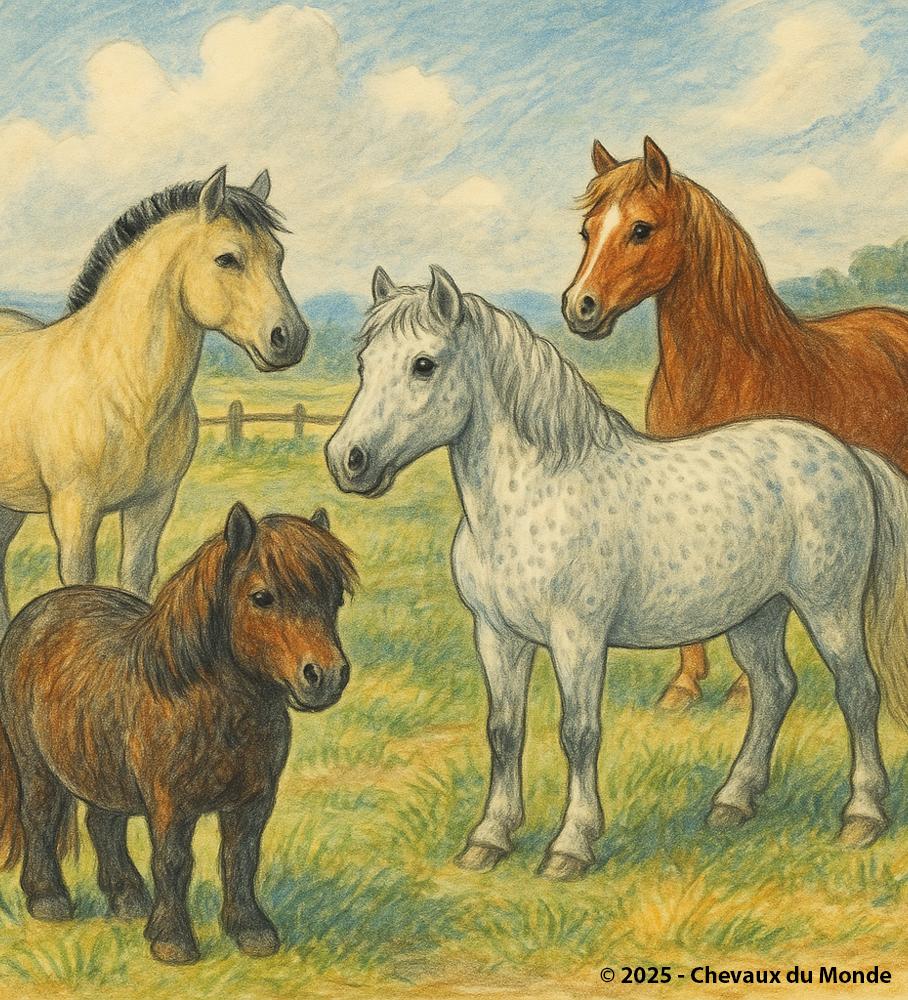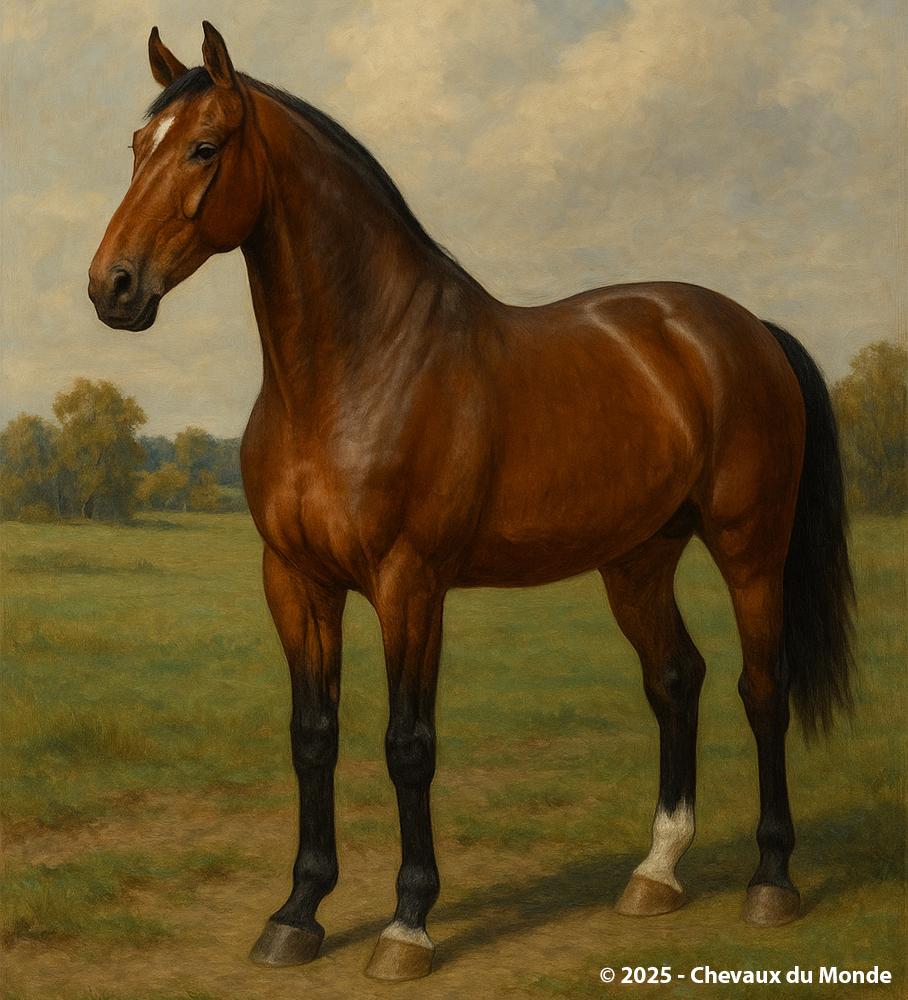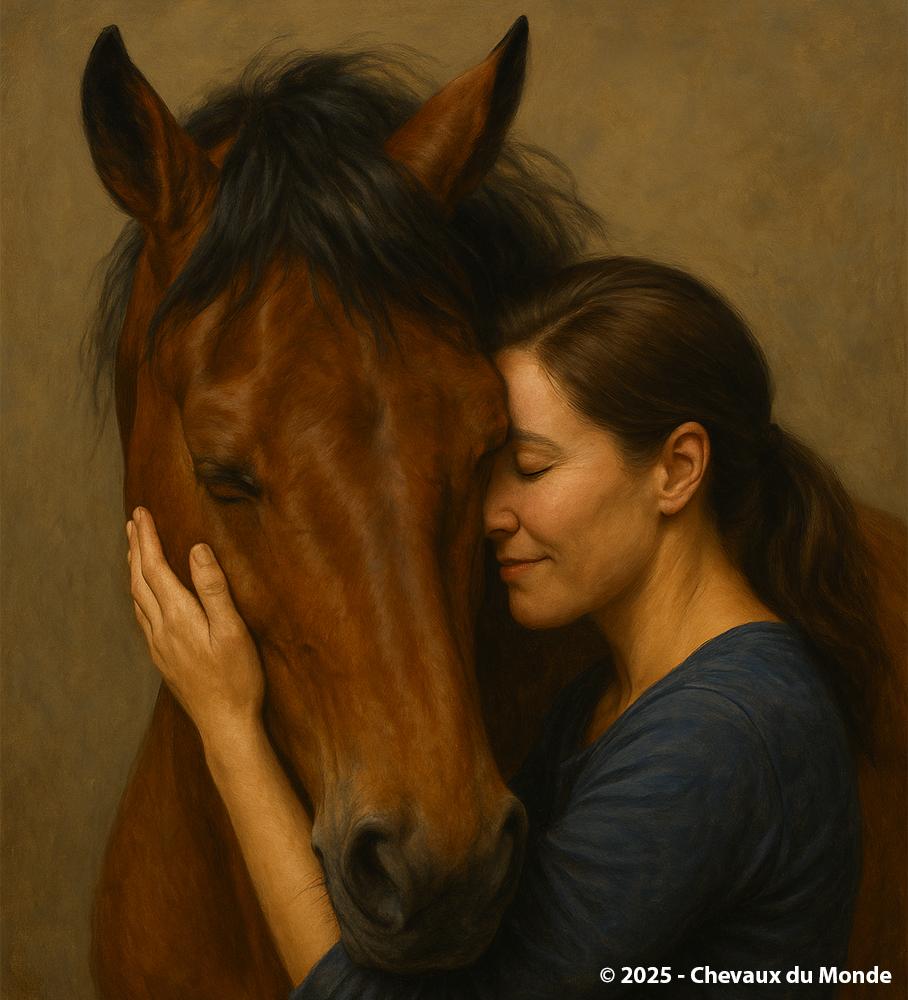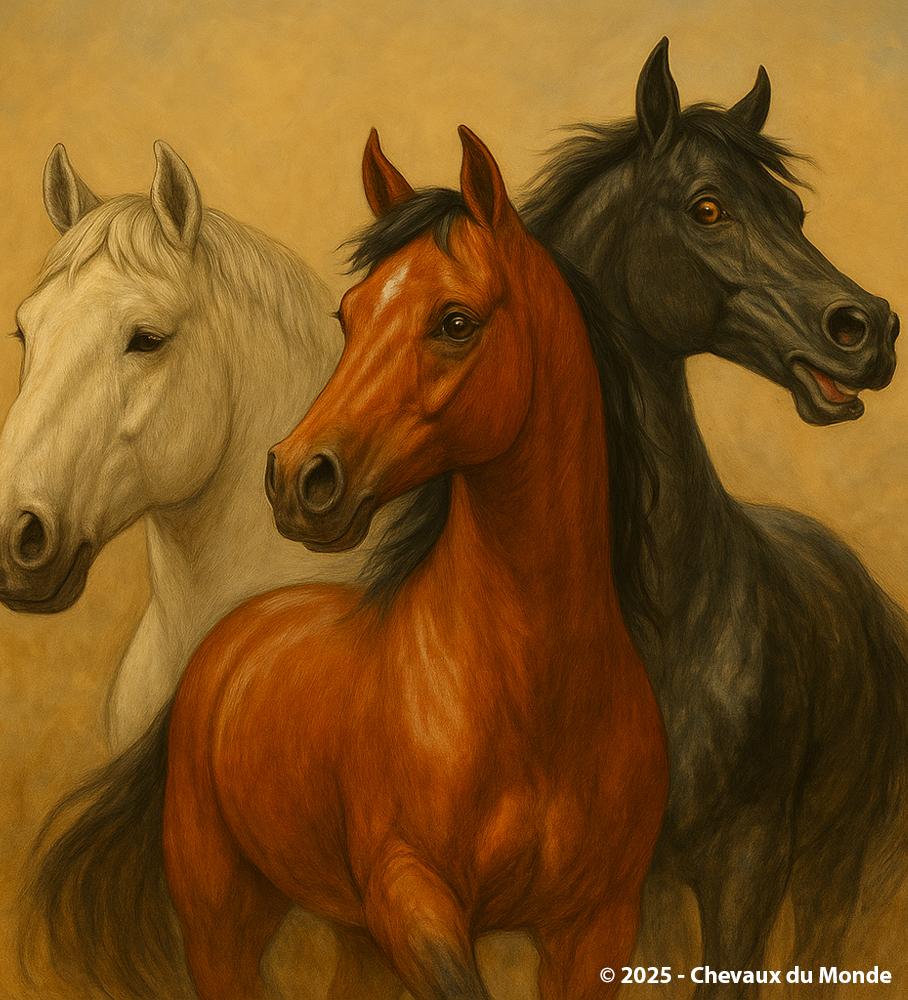HOT-BLOODED HORSES - NOBILITY, SPIRIT AND REFINEMENT
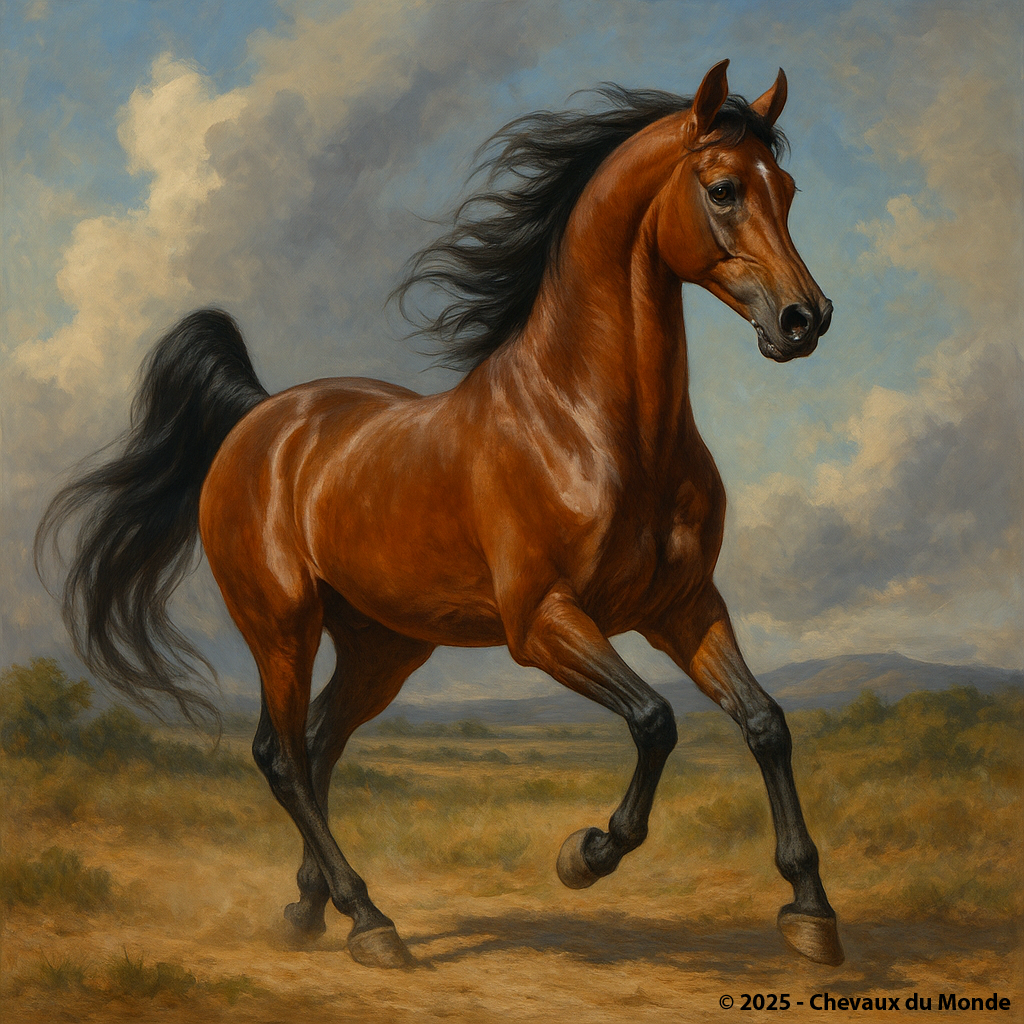
Hot-blooded horses: noble, spirited, and refined.
The expression “hot-blooded horse” evokes in the collective imagination the nervous silhouette of a galloping Thoroughbred with its mane flying in the wind, or the proud posture of an Arabian stallion with a fiery gaze. But what exactly does this term mean?
Contrary to popular belief, it is not a biological concept but a traditional classification based on the temperament, use, origin and abilities of the horse. In this article, let’s dive deep into the fascinating world of so-called hot-blooded horses: their history, characteristics, uses, and emblematic breeds.
Definition: a matter of temperament, not physiology
The terms hot-blooded, cold-blooded, and warmblood have been used for centuries in the equestrian world to categorize horses based on general temperament, not their body temperature or physiology (all horses have a body temperature close to 38°C / 100.4°F).
These expressions rather reflect behavioral and morphological differences, related to the intended use of the horse: war, racing, farm work, performance, or sport.
- Hot-blooded: spirited, reactive, fast, sensitive
- Cold-blooded: calm, patient, strong, steady
- Warmblood: cross between hot- and cold-blooded horses, combining strength and liveliness
Historical Origins of Hot-Blooded Horses
Hot-blooded horses often come from arid or semi-desert regions, where only the most resilient and enduring breeds could survive.
Their origins lie in the ancient civilizations of the East:
- The Arabian horse, bred in the deserts of the Arabian Peninsula for over 2,500 years, is one of the archetypes of the hot-blooded type.
- The Barb horse of North Africa, rustic and fast, heavily influenced European breeds.
- The Akhal-Teke, from the Turkmen steppes, is considered one of the oldest hot-blooded breeds in the world.
Over the centuries, these horses have been crossbred, selected and exported to enhance other lines:
You can find their influence in breeds like the English Thoroughbred, the Lusitano, and modern warmbloods (such as the German sport horses).
Physical and Behavioral Characteristics
Typical Morphology
Hot-blooded horses often exhibit:
- A long and lean silhouette
- An expressive and fine head, sometimes with a concave profile
- Fine but strong legs with well-defined tendons
- A long and supple neck
- A muscular croup suited for propulsion
Temperament
- Spirited and sensitive: they react quickly to stimuli
- Intelligent, sometimes wary
- Generous: they can become deeply devoted to their rider if trust is built
- Less tolerant of human errors, they require a calm, balanced, and experienced rider
Emblematic Hot-Blooded Breeds
Some representative breeds of the hot-blooded type include:
- The English Thoroughbred
- The Arabian
- The Akhal-Teke
- The Barb
Traditional and Modern Uses
Historically, hot-blooded horses were used for warfare, racing and hunting, thanks to their speed and agility.
Today, they are found in:
- Equestrian sports: endurance, eventing, show jumping, dressage
- Equestrian shows: haute école, vaulting, traditional displays
- Leisure: for experienced riders
- Genetic improvement: widely used in modern crossbreeding to create versatile sport horses
Hot-blooded, cold-blooded, warmblood: a classification to be nuanced
This three-tier classification helps understand general behavioral and physical trends in horses.
However, it’s important to remember that there is great individual variability.
For example, some “cold-blooded” horses can be spirited, and some “hot-blooded” horses can be very calm depending on their life experiences and environment.
Today’s warmbloods (such as the Selle Français or the Hanoverian) are the result of deliberate crosses between hot- and cold-blooded horses to produce balanced sport horses.
Hot-blooded horses fascinate with their grace, reactivity, and nobility. Descendants of ancient and prestigious bloodlines, they represent an ideal of a refined saddle horse — demanding but deeply loyal when understood.
From desert sands to Olympic arenas, their history reflects both the ingenuity of human breeding and the powerful bond between human and horse.

